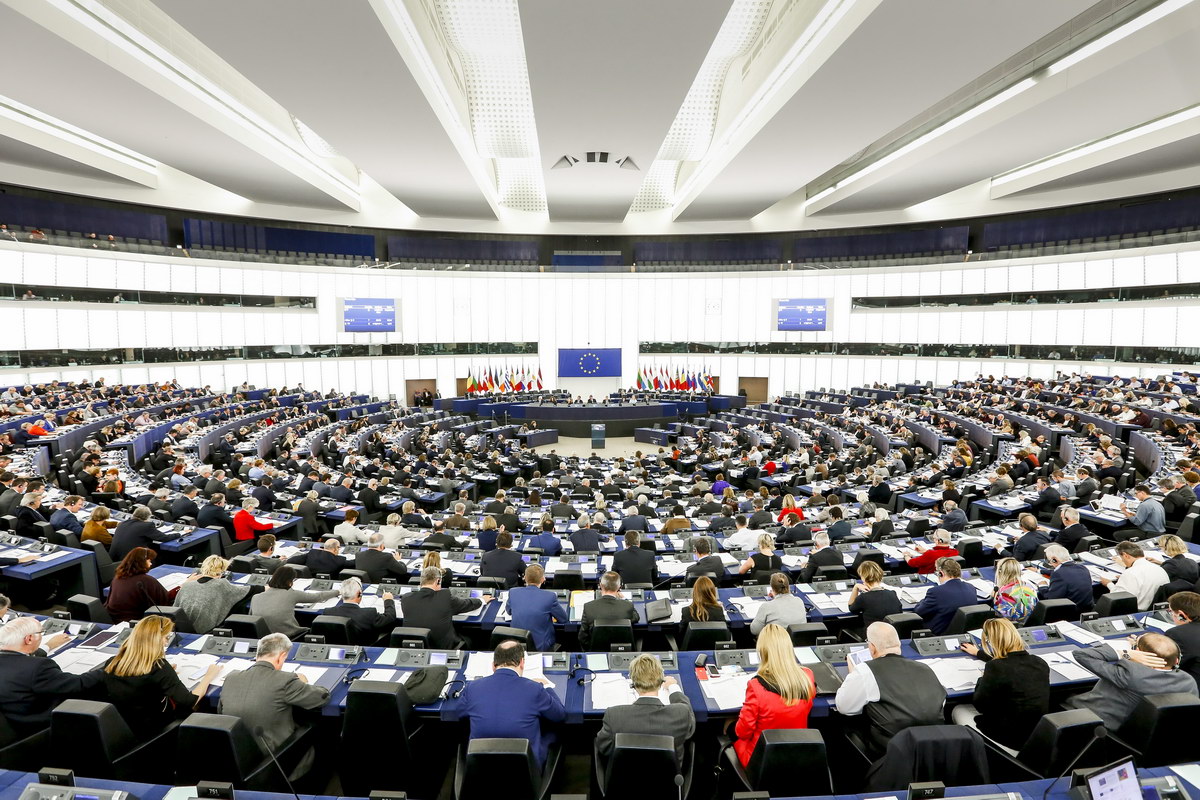News
WindEurope calls on EU Member states and Parliament to go beyond ambition of the European Commission on the Clean Energy Package
30 November 2016
WindEurope calls on the European Parliament and EU Member states to use the Winter Package as a base to build greater ambition on renewables and market design toward 2030.
Giles Dickson, CEO of WindEurope, said: “We welcome the Commission’s package on renewables and market design. But there is still a lot of work to do in the Parliament and the Council to ensure renewables investors stick with Europe after 2020. If Europe is going to deliver on its goal to be number one in renewables, the Commission’s proposals have to be further developed. Crucially Member States have to produce meaningful national plans that map out how they are going to deliver their energy transition. And that means all Member States. Today only 7 out of 28 have clear plans and policies in place for renewables beyond 2020.”
The Commission’s renewable energy and market design proposals lay out a number of positives for the industry. The Renewable Energy Directive includes measures to secure the investments – €254bn in the power sector alone – required to meet the renewable energy target. These include the streamlining of administrative procedures including for repowering, a grandfathering clause to protect existing investment from regulatory changes and, crucially, 3-years of visibility for renewable energy support (indicative timeline, volumes and budgets). In addition, Member States will be required to remove regulatory barriers to long-term provider/purchaser contracts for renewables (so called corporate PPAs).
The package will also make electricity markets more flexible and fit for an increasing share of renewables. Renewables will have access to balancing markets and be paid for the services they provide. Renewable energy will be traded as close to real time as possible in intraday and balancing markets. This means a fairer and more efficient market for all: wind farm operators get more from their assets; balancing costs will fall and consumers benefit.
Dickson said: “There are some very positive elements in the proposals. The requirement for governments to clarify at least 3 years up front what renewables investments they want and how they’ll be supporting them is crucial for enabling investors and developers to plan ahead. It will reduce costs of capital, drive further innovation and help keep people in jobs. The language on simpler permitting is also good – there is still too much red tape around Europe on renewables that delays projects unnecessarily. And it’s good the Commission has recognised the importance of making it easier to repower existing wind farms. Over half of our existing wind farms will reach the end of their normal operational life between now and 2030. Priority dispatch will stay in place for existing assets but will be phased out for new projects. We need clarity and transparency on the must-run obligations for conventional power plants and clear rules on compensation when renewables get curtailed.
On balance, the proposal is more good than bad. The Commission has laid the ground for the Parliament and the Council to make this the ambitious legislation Europe needs. Notably, we want a higher target – 30%. And we need clarity and ambition from Member States in their national plans.”
More info on the European Commission website:
https://ec.europa.eu/energy/en/news/commission-proposes-new-rules-consumer-centred-clean-energy-transition


